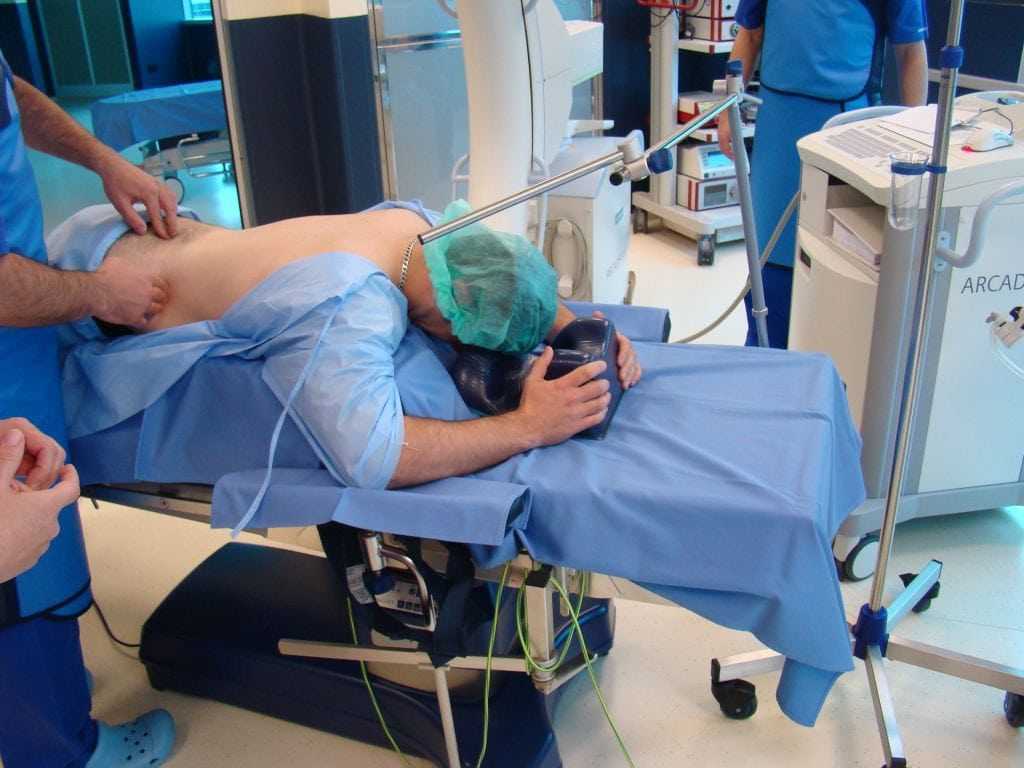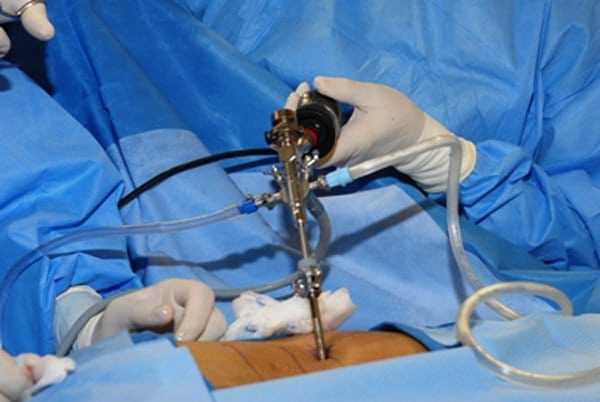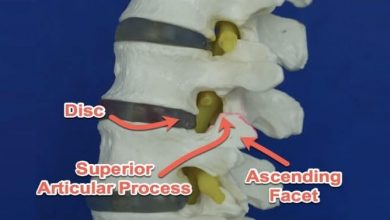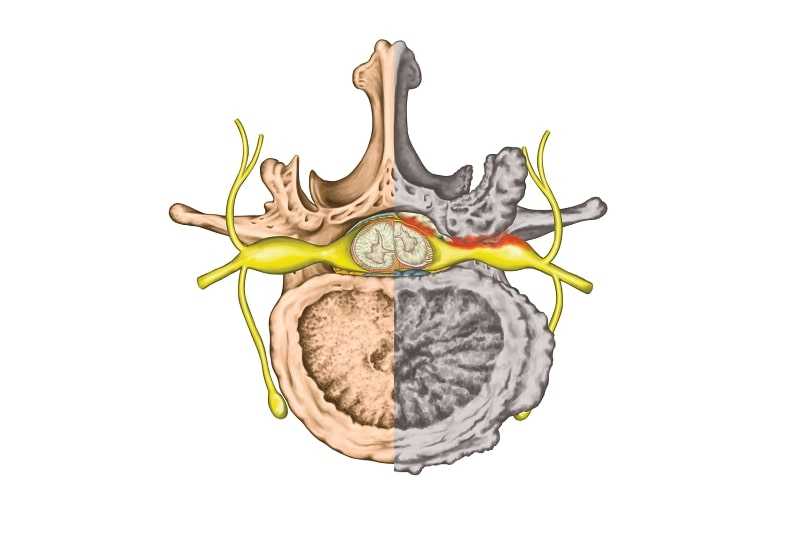Spinal Stenosis Surgery: Open Spine vs. Endoscopic Procedures

Spinal stenosis surgery is usually considered a last-resort treatment option and only a small percentage of patients actually need surgical intervention to improve their quality of life. For most patients, several weeks or months of conservative (nonsurgical) treatments are able to mitigate symptoms. Those who do not respond to conservative therapies like epidural steroid injections, pain medication, or physical therapy, may be asked to consider surgery to decompress neural structures affected by the narrowing of the spinal canal or intervertebral foramina. Before consenting to any surgery, however, patients should thoroughly research all of the options available to them. The best way to begin researching is to consider the two main types of spinal stenosis surgery: open spine and endoscopic.

Open Spine Surgery
Open spinal stenosis surgery is a highly invasive operation requiring general anesthesia and hospitalization for several days. A surgeon will make a large incision in the neck or back, based on the location of spinal canal or intervertebral foramina constriction. Once he or she has access to the affected area of the spine, a portion of intervertebral disc, foraminal bone, and/or lamina bone are removed to decompress the spinal cord or a nerve root. If a large enough portion of disc or bone is removed, the affected spinal segment may be significantly weakened. As a result, spinal fusion may also be necessary, requiring bone grafts, rods, and screws to permanently immobilize that segment. Recovery for open spine procedures is often quite lengthy and arduous for the patient.

Endoscopic Spine Surgery
An alternative to open spine surgery is endoscopic spinal stenosis surgery. Endoscopic procedures are considered minimally invasive, because only a small incision is required, no musculature is dissected, local anesthesia can be used instead of general anesthesia, and no overnight hospitalization is necessary. A surgeon will thread a laser, tiny surgical instruments, and an endoscope (camera) through a series of thin tubes that have been inserted into the incision site. Accessing and decompressing a constricted neural structure by removing disc material or bone is performed entirely through this tube. Endoscopic surgery often allows patients to get back on their feet within several hours following their procedure.
Patients should take time to explore all of the advantages and disadvantages of both open spine and endoscopic surgery, and consult their doctor to see which spinal stenosis surgery is the best option. Additionally, it’s advisable to obtain one or more additional medical opinions before electing to undergo any procedure.

Learn more about spinal stenosis here





